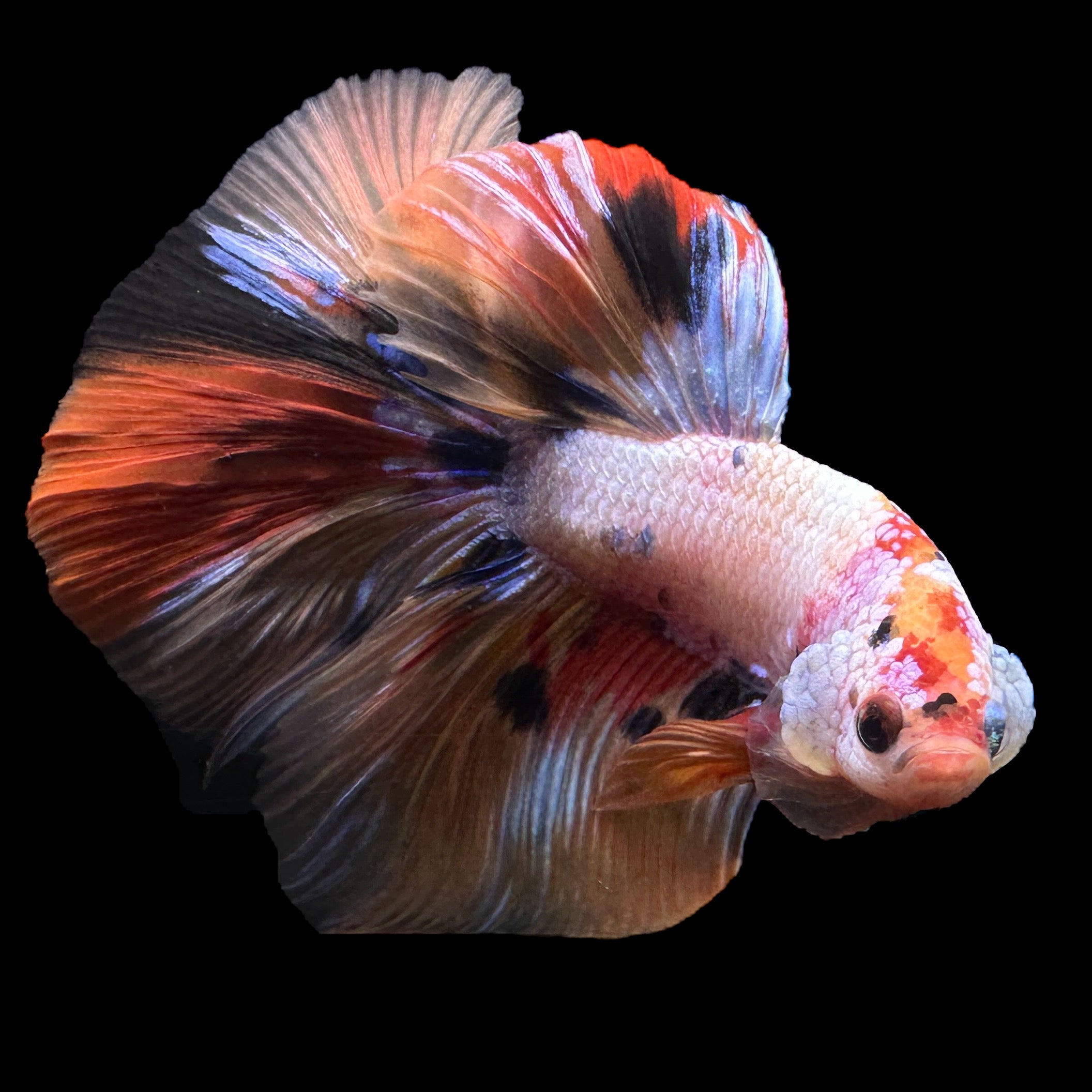Exactly How to Breed Betta Fish Effectively: Specialist Strategies and Insights for Hobbyists Seeking To Increase Their Betta Collection
Breeding Betta fish needs a nuanced understanding of genetics and ecological conditions, making it vital for hobbyists to approach the procedure with both persistance and care. Developing an optimum breeding environment, selecting the appropriate pairs, and observing the details of their courtship behaviors are foundational actions that can significantly influence the end result.
Understanding Betta Fish Genetics
Understanding the genes of Betta fish is vital for effective reproduction, as it influences attributes such as color, fin shape, and behavior. Betta fish display a varied selection of colors and patterns, greatly figured out by their hereditary makeup.
In enhancement to pigmentation, fin morphology is another significant facet of Betta genetics (betta fish). The shape and dimension of fins are affected by various genetics, consisting of those that identify whether the fins are short, long, or veil-shaped. Recognizing these hereditary variations assists dog breeders anticipate the phenotypic outcomes of their spawn
Furthermore, behavior traits such as aggression and territoriality can additionally be influenced by genetics. These actions play an important function in the breeding procedure, as they can influence spawning success and the total character of the resulting fry. By adequately recognizing these hereditary concepts, breeders can make informed choices, ultimately boosting their reproduction programs and achieving desirable outcomes.
Preparing the Reproduction Atmosphere
Developing an optimum reproduction environment is important for the successful reproduction of Betta fish. The initial step in preparing this environment is to choose an ideal reproduction container, preferably ranging from 5 to 10 gallons.
Following, take into consideration using a sponge filter or an air stone to supply mild water blood circulation without developing solid currents that can stress the fish. It is vital to set up plants or reproducing cones to supply concealing places and advertise convenience for the woman during the spawning process. Floating plants, such as Java moss or water sprite, can also create a more all-natural setting while helping with bubble nest structure by the male.
Prior to presenting the breeding sets, make certain the water is conditioned and without dangerous chemicals, such as chlorine or hefty metals. betta fish. Regular water adjustments ought to be carried out to preserve optimum water high quality, enhancing the chances of effective breeding. With these prep work in area, the reproducing setting will certainly support the health and well-being of both Betta fish
Selecting Reproduction Pairs
Picking the ideal breeding pairs is crucial for attaining effective Betta fish reproduction. When choosing your breeding sets, think about several key variables consisting of health and wellness, temperament, and genes. Healthy and balanced Betta fish display dynamic colors, clear eyes, and active actions. Picking fish that are devoid of condition makes certain a much better opportunity of creating viable children.
Character is another crucial consideration, as Betta fish are recognized for their aggressive nature. It is suggested to choose a man and female that show compatible personalities to reduce stress and anxiety during the reproducing process. A tranquil man can motivate a smoother courtship, while a lady that is too hostile may interrupt the procedure.
Genetic history additionally plays a considerable duty in the quality of the children. Reproducing fish that are genetically diverse can minimize the threat of hereditary health and wellness concerns and enhance the general vitality of the fry. It is advantageous to investigate the family tree of both the male and woman, concentrating on preferable characteristics such as fin type, color scheme, and dimension.
The Breeding Process
The breeding procedure of Betta fish calls for careful planning and focus to detail to guarantee an effective end result. It is important to prepare an appropriate reproduction container, preferably a 5-10 gallon fish tank with a temperature preserved at 78-80 ° F. The storage tank needs to be outfitted with a basics heater, filter (preferably sponge type to avoid strong currents), and lots of water plants for the woman to hide.
When the atmosphere is set, introduce the chosen breeding pair to the tank, allowing them to accustom. Observe their habits; the male will display fancy courtship rituals, including flaring his fins and building a bubble nest. If the female reveals passion, she will certainly present upright stripes indicating readiness for spawning.
When the female is responsive, both will certainly participate in a mating embrace, throughout which the male feeds the eggs. It is vital to check their interactions closely, as the visit site male might end up being aggressive. After spawning, get rid of the lady to stop prospective harm. The man will certainly have a tendency to the eggs, which generally hatch within 24-36 hours. Keeping ideal water conditions throughout this duration is vital for the development of healthy and balanced Betta fry.
Taking Care Of Betta Fry

Feeding Betta fry is crucial, as they need a diet plan high in healthy protein. They can be fed infusoria or liquid fry food, transitioning to finely crushed premium pellets as they expand. Feed tiny sections numerous times a day to encourage healthy growth without overloading the container with leftover food.

As they grow, monitor their development carefully and separate any hostile individuals to stop damage. By giving a nurturing atmosphere and appropriate nourishment, enthusiasts can effectively elevate Betta fry into vibrant, healthy fish, eventually improving their reproduction ventures.
Conclusion
Effective Betta fish breeding needs thorough interest to hereditary option, environmental conditions, and take care of the fry. By understanding the genetics of Betta fish and preparing a suitable reproduction atmosphere, enthusiasts can boost the opportunities of creating vivid, healthy and balanced children. Picking compatible breeding pairs and carefully monitoring the Read More Here courtship and spawning procedures are essential. Lastly, giving optimal look after the fry ensures their healthy and balanced growth, contributing to a flourishing Betta collection.